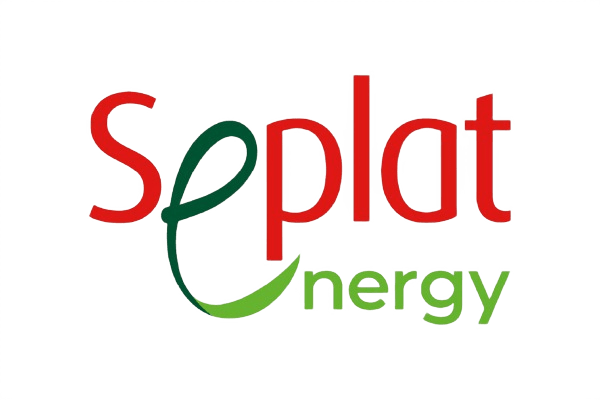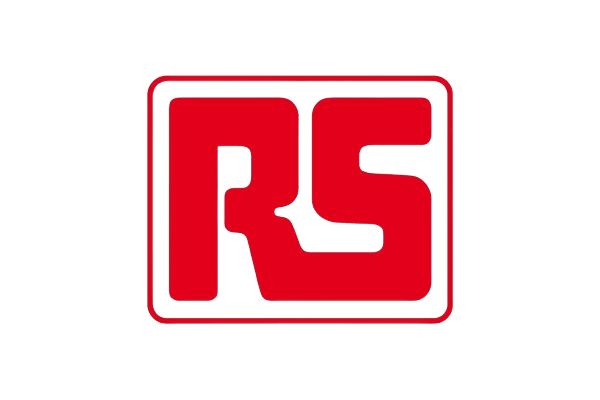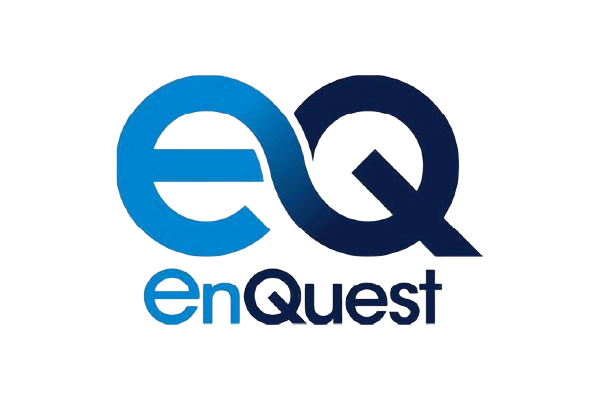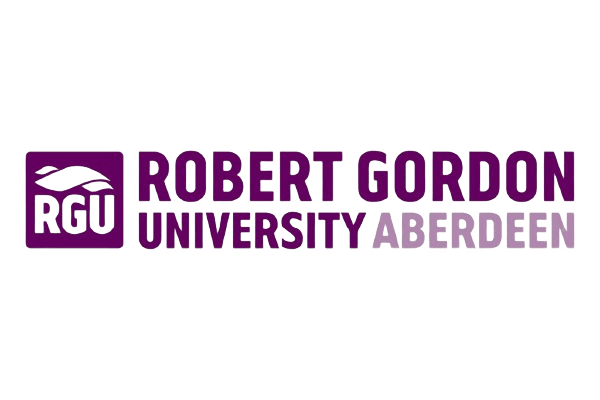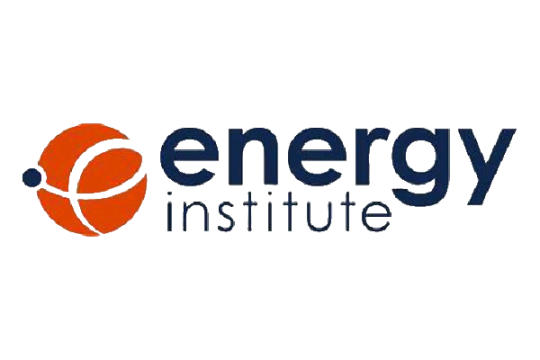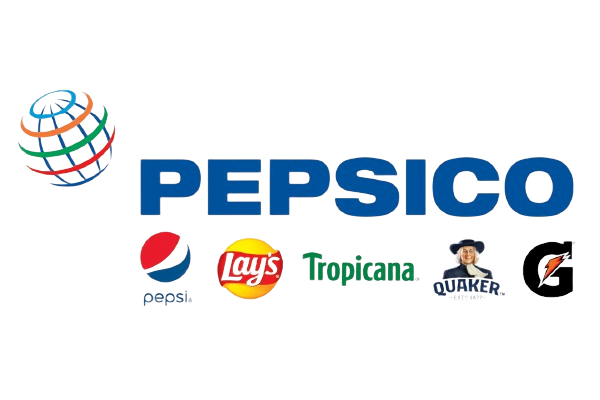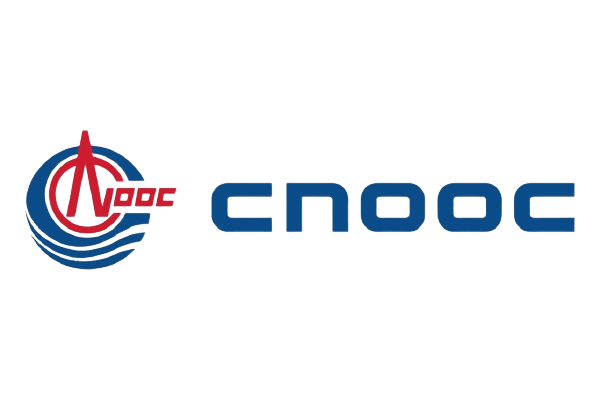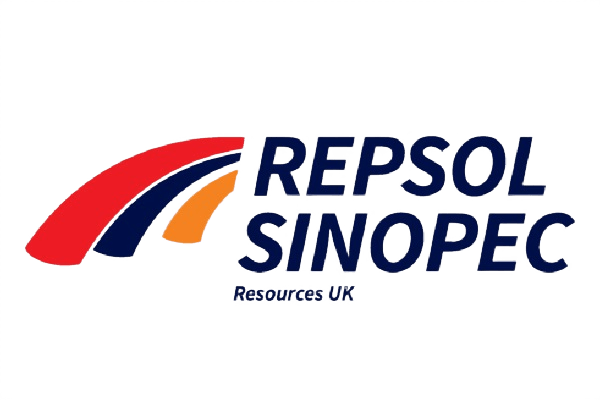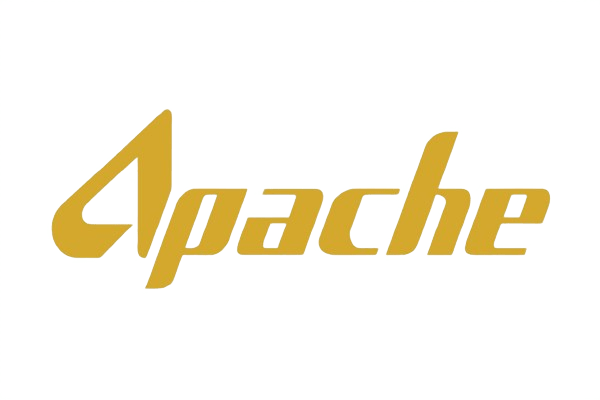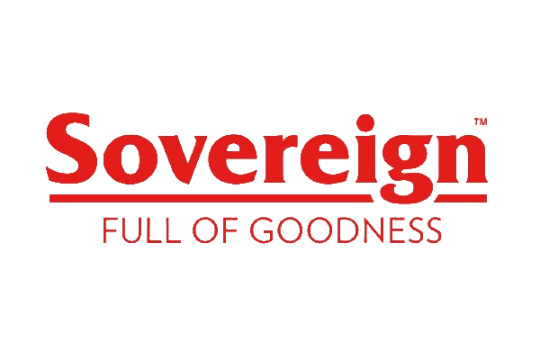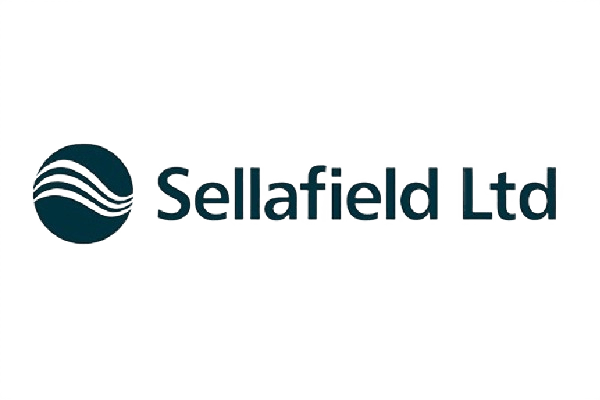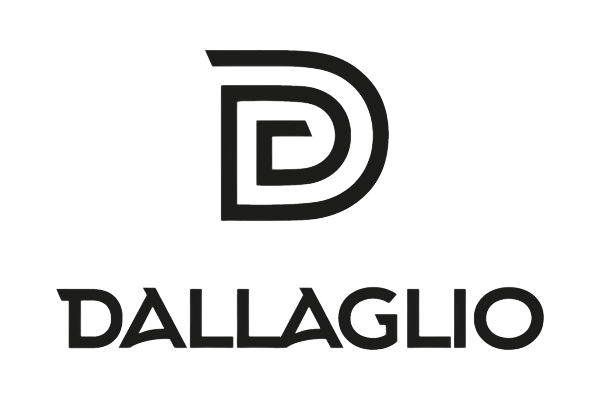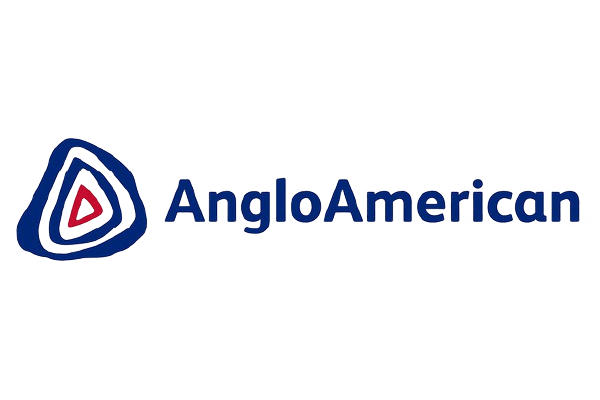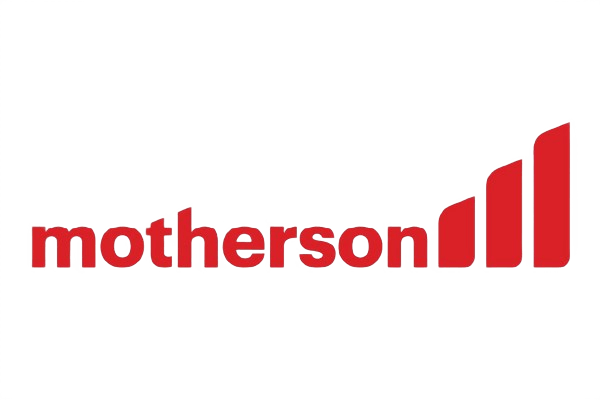Discover how industry leaders are adapting to the increasingly complex RCM and physical asset management demands of our digitally enhanced world.
Index
- Introduction
- Key RCM / Asset-owner challenges
- The Servitization of RCM
- ARAAS – Asset-reliability-as-a-service
- Strategise
- Asset Management Policy or Philosophy
- Gap analysis
- 7 key themes of the ISO 55000 Framework
- Spares | Inventory Management
- RAM Studies | Criticality Analysis
- Risk-Based Maintenance Strategy | Reliability Centred Maintenance (RCM)
- Expanding on CMMS software and EAM software/principles
- Examples of RCM software considered during ARaaS
- Risk-Based Maintenance Strategy
- Deploy
- Monitor
- Asset Digital Twin | Scenario Comparison
- Optimal Simulations Digital Twins
- Online Condition Monitoring | Root Cause Analysis
- Asset Performance Management
- Manufacturing Execution Systems (MES) | Manufacturing Operations Management (MOM)
- TrakSYS Manufacturing Execution System
- OEE – Overall Equipment Effectiveness
- Optimise
- Strategise
- Optimal upskilling: Training and competency management
- Final words
INTRODUCTION
In our complex, competitive world of digitization, physical asset management is becoming more and more challenging, but also more critical. We need increased availability, productivity, efficiency, compliance, and the ability to accurately forecast revenue and predict costs.
Let’s unpack why and how Reliability Centred Maintenance (RCM) and Enterprise Asset Management (EAM) have evolved into a more dynamic, considered strategy with Asset Reliability as a Service (ARaaS) at the centre of the mind map.
KEY RCM / ASSET-OWNER CHALLENGES
Optimizing Reliability and Availability
Companies with asset-intensive businesses often face the challenge of ensuring that the asset delivers to mission-critical objectives at all times, but there is a delicate balance between asset availability and reliability. Too much-planned maintenance and you lose on availability; too little maintenance and you will likely have to deal with unplanned downtime.
Engineers responsible for such asset handling are normally too busy with other tasks and may not have the capacity to look at the details related to the maintenance of these assets, which leads to downtime and huge losses for the organization.
The key to dealing with this challenge is addressing the dichotomy between reliability and availability:
- Reliability is driven by unplanned failures and corrective work.
- Availability is driven by planned maintenance outages to prevent failures – increasing availability risks.
As per the findings of the study – Nassah, F. (2018). Executive summary Digital Industrial Revolution with Predictive Maintenance, unplanned downtime with aged IT infrastructure is one of the major challenges for 90% of the companies studied.
Managing Change and Compliance
Amid unprecedented economic turmoil and regulatory change, most asset managers have had little time to bring the future into focus. They need to keep an eye out as the industry progresses, as it will shape the future of Physical Asset Management.
With the launch of the ISO 55000 series of Asset Management Standards in 2014, Physical Asset Management has become even more prominent. Companies need to ensure their assets are maintained as per ISO 55000 to be compliant with all regulations.
Balancing Risk, Cost, and Performance
According to Hastings, Nicholas. (2016). Physical Asset Management: With an Introduction to the ISO 55000 Series of Standards, the three parameters are as follows:
Performance: The purposes fulfilled, functions performed by an entity or system, or the outcomes or results its stakeholders expect it to produce and measurable result.
Cost: The totality of inputs necessary including energy, time, intangibles, or natural resources.
Risk: The assurance of continued capability to run and is defined by ISO 31000 as “the effect of uncertainty of objectives”.
Companies are faced with the challenge of optimizing the performance of assets by aiming to strike the right balance between performance, risk and cost.
Lack of expertise to manage different RCM technologies
Managing different assets and spares requires expertise on different types of technologies. It is difficult for companies to tie up with different technology partners to manage and maintain their assets. This is one of the major challenges stated in the findings of the study – Digital Industrial Revolution with Predictive Maintenance (2018) where there is an inability to handle growing volumes of available data and obtain valuable insight which will be instrumental in designing maintenance processes.
Challenges with Project Implementation
As per findings in Jenner, S.(n.d.). Why do projects ‘fail’ and more to the point what we can do about it? The case for disciplined, ‘fast and frugal’ decision making, 70% of change initiative projects fail. This shows how asset owners still find it extremely difficult to manage change when they take on new projects to install new software to manage their assets.
THE SERVITIZATION OF RELIABILITY CENTRED MAINTENANCE
Implementing and maintaining effective asset reliability measures in a seamless and sustainable way, all while gaining revenue and cost forecasting advantages is complicated. The solution to dealing with these complex challenges is a combination of technology and service parameters.
Technology parameters include several Reliability Centred Maintenance tools such as EAM (Enterprise Asset Management)/CMMS (Computerized Maintenance Management System), Asset Optimization Software, Asset Performance Management, etc. which derive maintenance information and facilitate the process of maintenance operations.
Service Parameters include Asset Data Management, Spares Strategy & Management, Reliability Management, etc.
WHY SERVITIZATION IS THE ANSWER TO MODERN RCM
Companies require a combination of expertise on both technology and service parameters to ensure successful implementation of their EAM strategy.
Van der Merwe and Rada in the 1988 article defined, “Servitization of business: Adding value by adding services”. Instead of selling the service, the company and experts become strategic partners to deliver ‘the outcome of the service.
Optimal focuses on business-context-led solutions as a technology-agnostic service provider. With a number of strategic partnerships – choosing Optimal servitization has become a no-brainer for bespoke, enterprise level solutions.
ARAAS – ASSET-RELIABILITY-AS-A-SERVICE
Optimal delivers asset performance management strategies through a combination of cutting-edge tools and world-class asset management expertise.
ARaaS removes the complexity that comes with change, decreases training requirements for staff, and allows for focus on core mission-critical activities.
ARaaS is essentially a one-stop solution for physical asset owners’ asset management needs.

STRATEGISE
Here we collaborate to define the objectives of the asset management strategy to maximize productivity, profitability, and ultimately, the ROI (Return on Investment) from physical assets. These objectives behave as a guideline against which performance will be measured and optimized. Using these key objectives, the experts will formulate an Asset Performance Management Strategy which includes the following services:
An Asset Management Policy or Philosophy provides the foundation or the framework based on which all the strategies are formulated. It serves as the basis for ensuring the entire organization is working effectively towards a combined target, and is critical to implementing a successful maintenance plan.
Optimal specializes in the development and optimization of asset care philosophies and strategies, as well as the development of asset and equipment care tactics. Our comprehensive portfolio of Asset Management solutions, including Supply Chain Performance, combined with our deep domain expertise has led to proven success with customers across the globe. We believe that an Asset Management Policy & Strategy which is developed through our process that is aligned to the international standards of the Institute of Asset Management and ISO will help optimize risk, cost, and output across your supply chain, asset, and production. The approach to developing an Asset Management Policy as the basis for the overall ISO 55001 compliant Asset Management System is based on the relationship between key elements of an asset management system. ISO 55002. ISO 55000, ISO 55001, and ISO 55002 are the International Standards, which holistically outline best practices relating to an asset management system. Alignment with these standards allows organizations to improve the realization of value from their assets, establish and maintain continuous improvement of asset management systems. ISO 55001 specifies the requirements for an asset management system within the context of the organization and can be applied to all types of assets and organizations.
By performing a detailed gap analysis on your unique organization, we take the first step towards ISO 55001 certification. This analysis allows Optimal to determine key areas requiring action, and ultimately prioritize improvements in the form of a roadmap to facilitate the efficient transformation of systems and policies in line with requirements and as part of a quality-managed process aligned with ISO 9000 quality management standards, for which Optimal is certified.
By taking a holistic approach to organizational development, the gap analysis and roadmap will cover the 7 key themes of the ISO 55000 Framework as below:

Spares | Inventory Management
Our Materials Engineering solution implementation ensures the effective management of spares and inventory and provides enhanced procurement capabilities for asset-intensive industries. You can increase asset availability by ensuring your company holds the necessary spares to perform maintenance and enable maximum output from expensive and complex assets. The Optimal Critical Spares Analysis process employs a minimum total cost approach. The total cost is defined as the risk cost of running out plus the cost of holding a stock of spare parts/materials. By having a clearer view of inventory, Optimal can employ a maintenance strategy that will get the most return on investment.
Key inventory optimization insights to consider:
- Is managing the level of inventory investment rather than availability important to us?
- Do we coordinate with procurement to ensure that we limit overuse in the name of efficiency?
- Do we make people responsible for determining inventory holdings and also responsible for the level of investment?
- How do we report inventory holdings?
The starting point for a reduction in inventory levels is proper forecasting of demand in the market prognoses. It’s important to do this in cooperation with all the links in the supply chain, considering the data flow between them.
The practices for inventory optimization are based on specialist inventory analysis and methodologies for the industry. Generally speaking, adhering to best practices is fundamental to achieving significant inventory reductions and bottom-line savings – the guarantees of effective inventory optimization.
Key benefits of spares and inventory management:
- Controlled costs
- Monitor, manage and order spares
- Request work orders
- Keep track of asset performance
- Avoid stock outs
- Scheduled maintenance
- Capitalise on your scale
- Realise more ROI from EAM software and RCM efforts
RAM Studies | Criticality Analysis
RAM studies are broken down as follows:
- Reliability is the ability of a system to achieve results repeatedly without failure.
- Availability is the percentage of working time a system is available to respond to a demand.
- Maintainability is the ease with which a system can stay operational without failure.
Optimal uses RAM Studies to assess the capability of a system to optimize assets and limit costs throughout the lifecycle of a service. Consider that a design which satisfies a short-term requirement, may be inefficient in the long term, regarding areas such as supportability, operability, and maintainability. Optimal uses AvSim, a reliability and availability simulator, which is capable of analysing complex and dependent systems – enabling the optimisation of your RAM strategy.
The Availability Simulation module helps optimize system availability and life-cycle costs through the following:
- System availability and throughput
- Spares tracking and stock-outs
- Planned and predictive maintenance policies
- Switching delays and buffers
- Phased operations
- Standby systems
Criticality Analysis covers various areas of your organization including impact on safety and environment, customer impact, isolation of single-point failures, historical preventive and corrective maintenance, Mean time between failures (MTBF), probability of failure, and spare lead time.
Criticality plays a key role in nearly all types of maintenance and the benefits include:
- Reliability improvement efforts get focussed on your most “critical” equipment.
- Ascertain the priority for performing maintenance tasks.
- Determine optimal spare parts holdings.
- Establish a high-level risk mitigation strategy for your equipment.
- Ensure your most “critical” equipment is given a higher priority for replacement or upgrade.
Risk-Based Maintenance Strategy | Reliability Centred Maintenance (RCM)
Our extensive experience in maintenance strategy development and optimization for a variety of physical assets has allowed us to implement robust and cost-effective RCM plans through our branded process and cutting-edge tools.
SAE JA1011, MSG-3, MIL-STD-2173(AS), and ISO 14224 are some standards that are supported by our proprietary framework.
Ensuring maintenance plans are suitable for current operational and environmental requirements is vital through ongoing strategy optimization. This proactive approach reduces costly equipment failures, unplanned downtime, and safety incidents.
Optimal can help your organization unlock value through:
- Utilisation of client knowledge and existing data
Fast track the process through efficient collation and review of your existing strategies, plans, and other reliability information. Collaboration is fostered through Reliability Centred Maintenance Workshops. - Process cost-effectiveness
Our unique approach which is based on reliable engineering expertise and access to leading technology and knowledge, enables a significant reduction of time, effort, and cost. - Seamless feedback to your CMMS / EAM
Adherence to your Master Data standards and CMMS / EAM system requirements in line with our end-to-end process maintains Master Data structures and reduces complexities associated with strategy updates within your system. - Reducing unplanned downtime
Key areas for improvement are identified through data analysis and application of Reliability Centred Maintenance (RCM) expertise that feeds into our maintenance strategy fine-tuning. - Forecasting cost, labour, material, and tool requirements
Generation of zero-based budget, along with spares, tooling, and resource requirements to optimize maintenance decision making - Asset Criticality Analysis
Failure Modes, Effect, and Criticality (FMECA) based approach ensures that reliability improvement is approached from a risk-based perspective by identifying and ranking your critical equipment.
RCM is a rigorous and systematic process to optimize the maintenance strategy of assets. It is a risk-based methodology as it considers the consequences of equipment functional failure. RCM software is built on the well-established methodologies of Failure Modes and Effect Analysis (FMEA) and Failure Modes and Effects and Criticality Analysis (FMECA), which are used to thoroughly analyze the impact of failures in a system.
Reliability Centred Maintenance software can be used to determine the appropriate maintenance tasks to address each of the identified failure modes and their consequences.
Expanding on CMMS software and EAM software/principles
- CMMS is software that consolidates and stores maintenance information and facilitates the process of maintenance operations.
- EAM is the managing and control of the lifecycle of assets to maximize their use. EAM principles are based on a holistic approach focused on managing all information, structured and unstructured, related to physical assets throughout their entire lifecycles, helping organizations deal with the irregularities of an ever-changing world.
Optimal ensures that the information fed into CMMS / EAM delivers business value and is aligned to international standards regarding safety issues or environmental impacts.
We provide revolutionary CMMS / EAM solutions through a range of products and services adapted to your specific needs – giving your business incredible operational confidence.
Examples of RCM software considered during ARaaS
Isograph

Optimal has access to Isograph RCM Cost module that is implemented for determining maintenance strategies based on reliability and well-known analysis methods such as FMECA (Failure Mode Effects Criticality Analysis).
Key objectives:
- Minimise costs
- Operational goals
- Safety and Environmental goals
The process starts by identifying the critical plant failure mode using FMEA (Failure Mode and Effects Analysis). It then requires an examination of each critical failure mode to determine the optimum maintenance policy to reduce the severity of each failure. Once optimal maintenance policies have been recorded, the Reliability Centred Maintenance process provides system performance predictions and costs, expected spare requirements, and maintenance crew manning levels.
The RCM decision-making process is therefore substantially enhanced by the ability to quickly simulate the effects of preventive tasks, inspection tasks, and condition monitoring. taking into account aging, hidden failures, maintenance crew costs, spares costs and availability etc.
Orien
Optimal has access to Orien, an EAM solution designed to maximize return on investment, improve cost-to-revenue ratios and minimize operational risks. It is the most advanced cloud-based asset management solution, and Optimal has impressive experience in getting the most out of Orien, no matter how complicated the EAM problems are.

DNV GL – Synergi RCM Software:

Synergi’s Reliability Centred Maintenance software starts by running a screening process to determine the risk of maintenance packages. In addition to this, a planning tool is made available to organize the evaluation of maintenance packages. The integration module in Synergi plant allows you to import an existing preventive maintenance plan. This plan can be optimized with the recommended preventive task from the Reliability Centred Maintenance study and the built-in library. Finally, the results from the RCM software are displayed using a dashboard, with a complete view of the status of each assessment.
Key features are as below:
- Flexibility to define RCM study asset hierarchy, i.e. ISO 14224 or your own.
- Assess the risks at different levels with a two-step approach: screening process followed by detailed analysis using methodologies of FMECA and FMEA software tools.
- Configure your risk matrix to align with the existing company risk matrix.
- Failure Mode and Effect Analysis failure library for the oil and gas industry.
- Work with SAE JA1011 & 1012 standards to answer the ‘7 questions’ of the RCM process, built into the software.
- Use interactive logical decision tree, task planning roadmap, sanity check and approval for preventive maintenance plan.
- RCM software module dynamic dashboard (Dashboard module.)
- Enable optimization of preventive maintenance (PM) recommendation that allows building the knowledge-based rules for a PM program or concept at site level with defined PM tasks for failure causes.
- Interface with the CMMS such as SAP to track the status of maintenance tasks.
- Support the ongoing plant maintenance program through work order monitoring and updating failure data sets through customized integration with CMMS systems such as Maximo or SAP.
ReliaSoft RCM++ Software

ReliaSoft RCM++ software facilitates the reliability centred maintenance (RCM) analysis approach to improve the reliability of the assets and optimize maintenance planning.
Key features include:
- Supports major Reliability Centred Maintenance standards such as ATA MSG-3, SAE JA1011 and SAE JA1012.
- Includes configurable equipment selection, failure effect categorization and maintenance task selection capabilities.
- Flexible and intuitive interface for defining your system configuration and recording the functional failure analysis.
- Enables simulation-based calculations that can be used to compare the costs of potential maintenance strategies and a calculator to estimate the optimum maintenance interval for preventive repairs/replacements.
Other software service providers considered during an ARaaS SLA include: Petrofac, Delta Reliability, Add Energy, ARMS Reliability, Add Energy, ARMS Reliability, Add Value Engineering Consultancy, John Crane, Astrimar, Advisian, and Safetec.
Risk-Based Maintenance Strategy
A risk-based maintenance strategy evaluates the impact of the maintenance task on the probability of failure (PoF) and consequences of failure (CoF). It is usually treated as a risk control process where the PoF is treated through preservation and prevention, whereas CoF is treated through recovery, repairs, and renewals.
Key attributes of risk-based maintenance strategy:
- Carrying out a risk assessment that is based on failures, effects, and costs.
- The objective is to balance the Probability of Failure (PoF) and Consequences of Failure (CoF) of each asset.
- Audit to review existing maintenance programs to have a continuous improvement tool.
DEPLOY
Experts transfer the formulated Asset Performance Management Strategy into various tools and services which will collect data and manage the decisions taken. The tools and services include: CMMS (Computerized Maintenance Management System) and EAM (Enterprise Asset Management); Physical Asset Verification; Work order Backlog Management; and Stock Condition Audits & Surveys. All these services help companies to mitigate any risk that is identified at the strategy stage and protect them from any potential cost of change in the future.
Physical Asset Verification | Validation
Without the right tools, complex supply chains inhibit asset owners’ ability to accurately locate, track and monitor their assets.
This is where a water-tight physical asset verification system comes into play – essentially a stock-take for empowered asset managers. It involves the capture of critical asset data, including how assets are valued, who owns them, where they are located, what their service statuses are, and more.
The Optimal asset verification and validation process is custom-defined based on the unique requirements and follows a collaborative approach. The process can be as granular as updating and tagging of engineering drawings or take a broader approach targeted towards the major assets.
Key benefits of physical asset verification include:

Major service providers include Optimal, Petrofac, Astrimar, and EPM Solutions.
Optimal’s work order backlog management involves a detailed, actionable analysis leading to improved productivity, efficiency and cost savings.
Insights on the following questions and topics are covered:
- How effectively are companies spending their maintenance time and money?
- Which assets cost the most to maintain?
- Which equipment often fails unexpectedly?
- What are the typical causes of failure?
- What is the expected downtime?
- Adjusting preventative maintenance to reduce unexpected downtime.
- Identifying safety-critical equipment that is not being maintained.
- Identifying regulated equipment that is not being maintained.
- Identifying poor labor estimates, which hinder effective planning.
Optimal utilizes various cutting-edge tools to undertake Work Order Backlog Analysis in a simple manner, suitable for maintenance and reliability during operations.
It provides a pathway for improvement of operations through:
- Work Order Analysis Dashboard for reliable, actionable data quality and minimised anomalies.
- Data Quality Report highlights inadequacies for suggestions to be made.
- Adjusting maintenance schedules in line with new reports means significant time and cost reductions.
- Identification of assets that cost the most money help reduce unnecessary costs.
- Inventory Optimisation and production streamlining.
Major service providers include Optimal, Add Energy, and John Crane.
Stock Condition Audit | Surveys give critical information regarding the condition of assets. This information is captured, organized, and presented to companies to understand how to improve operational excellence.
Stock Condition Audits/Surveys can benefit the company by:
- Helping you understand your capital risk.
- Allowing data to be used for long-term projections.
- Helping understand which assets are beneficial to the company, and which are not.
- Facilitating the creation of a strategy that tackles long-term expenditure.
MONITOR
Once the Asset Performance Strategy is deployed, Optimal provides services that will help companies monitor the assets through the following services:
Asset Digital Twin | Scenario Comparison
Asset Digital Twin is a dynamic virtual model of an existing physical asset. It is an up-to-date and accurate copy of the asset which allows companies to view the effects of their changes for better decision making.
Most organizations are complex and for their operating models to be optimized, business leaders need a holistic view of their organization – from people and processes, to finance and technology
However, achieving this is a challenge for many companies, as limited visibility into the interactions among employees, subsidiaries, suppliers and physical assets can leave operational managers with a fragmented picture of their organization and a weak foundation for building action plans to increase performance.
Optimal Simulations Digital Twins offer organizations a twin comparison scenario that gives a comprehensive, detailed understanding of their inner workings, which allows users to simulate and optimize the effects of different operational strategies in an ever-changing environment.
Major service providers include Optimal, Petrofac, and Add Value Engineering Consultancy.
Online Condition Monitoring | Root Cause Analysis
Online Condition Monitoring provides engineers with a foresight into the health and condition of systems and equipment, assists in the development of strong preventative maintenance strategies, and allows operators and manufacturers to work together to make data-driven choices to improve product quality. Implementing condition monitoring into legacy analogue systems improves business processes, helps businesses become more cost-effective and competitive, and builds a solid technological infrastructure for future manufacturing initiatives.
Key features:
- Wireless sensors
- Access asset health data easily
- Longer battery life and longer signal range
- Asset health reporting
- Easily attachable
- Universal data compatibility
- 24/7 Alerts
- Continuous data collection
Root Cause Analysis (RCA)
A root cause analysis is carried out to identify the root cause of unique problems and to arrive at appropriate, future-proof solutions.
Optimal RCA benefits:
- Faster Implementation of strategy, enhancing the problem-solving process.
- Resolve recurring problems.
- Boost continuous Improvement.
Asset Performance Management
Asset performance management helps optimize risk, cost, and output across your supply chain, asset, and production.
From Supply Chain Performance management and a predictive analytics suite, to our deep domain expertise – Optimal’s comprehensive portfolio of Asset Performance Management solutions has led to proven success with customers across the globe.
Manufacturing Execution Systems (MES) | Manufacturing Operations Management (MOM)
Manufacturing industry operators are responsible for managing complex production asset systems in order to realize production targets and ensure a very high level of asset reliability and availability to achieve operational efficiency. The digital asset management technology advancement systems for MOM have been developed to provide bespoke solutions that provide sight of the full manufacturing process. MES forms part of the MOM suite and helps operators focus on efficiency and effectiveness through improved production monitoring reliability through real-time insights for better quality management and availability.
Optimal has access to leading industry Manufacturing Execution System TrakSYS through a strategic partnership with Parsec.
TrakSYS aggregates data from multiple sources to deliver real-time, actionable intelligence for significant quality and productivity improvement – while leveraging existing assets, resources, and infrastructure.

Built to be quickly deployed with out-of-the-box functionality, TrakSYS comes with a comprehensive set of features that have been designed from the ground up to address manufacturers’ most pressing needs. By activating a combination of pre-built application frameworks, manufacturing managers can see more, know more, and do more. TrakSYS has built-in extensibility with easy, integrated, web-based configuration tools that eliminate the need for custom scripting for many types of solutions.
The integrated, modular nature of TrakSYS brings complete flexibility to deploy only the functions desired to power multiple solutions. TrakSYS business solutions include production, quality, maintenance, inventory, workflow, and more.
OEE – Overall Equipment Effectiveness is the gold standard for measuring productivity. Simply put – it identifies the percentage of time that is truly productive in the asset run. Optimal use OEE to check and measure the overall effectiveness of the asset which will give companies a better understanding of their asset maintenance.
OPTIMISE
Optimisation is the process or methodology for making something as functional or effective as possible. Creating value with asset management optimization goes beyond simple cost reduction strategies and Optimal uses various services such as Spares Optimization Strategy, Data Extract Cleansing Enrichment, and Asset Lifecycle & Costing Studies to analyze data and optimize performance continuously. These services help in reducing overall complexity, optimising the supply chain and reducing the time to value.
Data Extract | Cleansing | Enrichment is where accurate, up-to-date information about the physical asset is required to ensure maintenance plans have the desired effect. Optimal specializes in providing high-quality master data cleansing, enrichment, and classification services by pairing tools built around industry standards with a wealth of knowledge from our subject matter experts.
Our approach aims to standardize (by developing and implementing appropriate taxonomy), validate, and enhance asset data to provide master data that is free of duplication, consistent, attribute-rich, and configured to the requirements of the company’s ERP (Enterprise Resource Planning), EAM (Enterprise Asset Management), or CMMS (Computerized Maintenance Management System).
Key services:
- Asset Hierarchy Build
- Master Equipment List (MEL)
- Equipment & Location Hierarchy
- Operational Readiness
- Safety Critical Element Identification & Alignment
- CMMS Data cleansing and enrichment
Major service providers include Optimal, Petrofac, and Add Value Engineering Consultancy.
Asset Strategy | Spares Optimization is finding the right balance between the minimum combination of holding cost (purchase, storage cost, in storage preservation) and the minimum consequences (£) of spares un-availability (equipment & process downtime). Optimal ensures an optimum holding of critical spares which balances the risk cost of failure with the cost of holding the spare part.
Spare parts need a “preservation” policy / strategy, whether it is a small part or a large insurance spare. This can range from the inventory system managing the shelf-life information and on receipt checks, to the issue and tracking system (for example adopting a first in, first-out (FIFO) inventory policy).
There are also several physical considerations like controlling temperature, UV light and vibrations, which are beyond the scope of this piece.
Asset Lifecycle Analysis and Costing Studies
Lifecycle cost analysis (LCA) is an approach used to assess the total cost of an asset. LCA helps decision-makers measure the commercial sustainability of their assets. When calculating the total cost of ownership over the lifespan of an asset, you increase your organization’s value and gain a clearer picture of whether to maintain, overhaul or replace certain assets or dispose of them altogether. This reduces the cost of investment and allows you to capitalize on the profitability an asset will return.
With Optimal’s expertise in implementing lifecycle models for physical assets, asset managers discover ways of reducing operating expenses and capital expenditures by getting the most out of the useful life of an asset.
Are you facing any of these issues?
- Replacement age for key assets is unknown.
- Major asset selection not being considered through “whole of life cost”.
- You’re not sure how to improve current asset performance through effective allocation of resources.
- Whether to overhaul or replace aging assets.
- You’re not sure how to effectively target capital investment for new assets/asset features.
Optimal’s Lifecycle Cost Analysis generates whole-of-life cost models for major assets, using detailed equipment characteristics and maintenance cost forecasts as a base. These models are used to ascertain the optimum replacement age of critical assets or to determine the investment/replacement alternatives.
Benefits of Optimal’s LCA analysis
- Achieve optimal performance of current and legacy assets.
- Reduce lifecycle costs through better decision-making.
- Guide the development and implementation of working methods to realize the full potential of assets.
- Encourage conversations about the impact of future challenges to facilitate innovation, engagement, and active improvement culture.
OPTIMAL UPSKILLING: TRAINING AND COMPETENCY MANAGEMENT
We understand that implementing ARaaS SLAs requires your company’s staff to be suitably trained and competent. It’s all part of the process. Through our leading asset management training course suite in Optimal Academy, our training consultants help employees understand Reliability Centred Maintenance concepts and EAM systems – enabling them to record, track and manage physical assets efficiently. With our international team of industry-leading Reliability Engineers, Technical Content Writers, Instructional Designers, Learning Specialists, and Tertiary Education Partnerships – we combine world-class EAM expertise with learning best practices and training to drive role-based skills development.
The Optimal approach includes a competency framework that sets out and defines each individual competency required by employees working in your organization and how the role relates to your organization’s goals and success. It includes a Function/Role-based assessment followed by a Skills and Competency Audit that will identify all gaps in capacity, capability, skills, and competency. The top courses include Asset Management, Maintenance & Reliability, Risk-Based Inspection, and Maintenance Planner Training Programme.

FINAL WORDS
Whether you’re an SMME in the FMCG space, or an enterprise in the Energy, Pharmaceutical or transport sector – ARaaS gives you a framework that works. Combine the proven Reliability Centred Maintenance methodologies with Optimal’s expertise on a plethora of technologies and you’ll get to a solution that not only impresses right up front, but more importantly enables massive improvements to your bottom line – continuously.
We’d like to hear more about your company, and any Reliability Centred Maintenance pain-points being felt right now so we can shorten your time to value.


